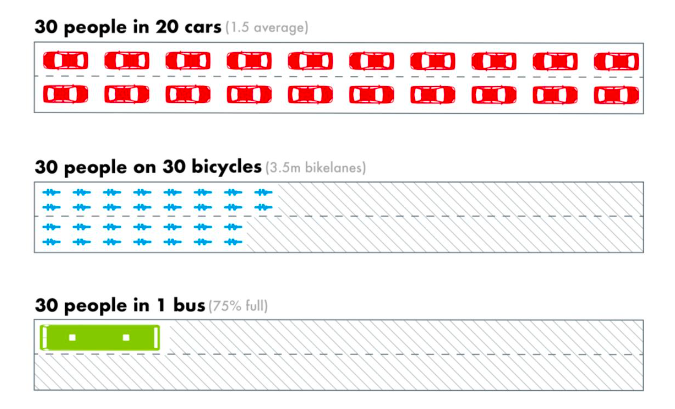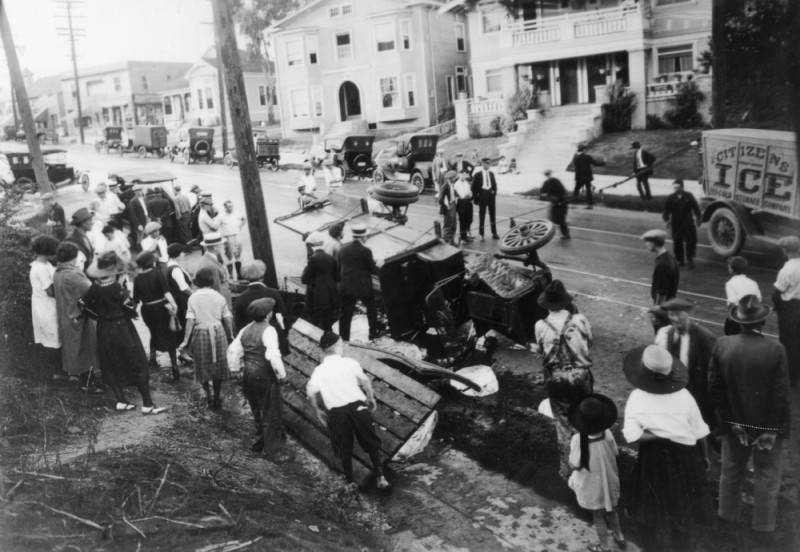The recent news about a hit-and-run accident involving a political official’s own family serves as just another sad reminder that we in the Southland have much work to do if we want things to improve—and we can’t necessarily depend on the powers-that-be.
“That which is common to the greatest number has the least care bestowed upon it.” — Aristotle, Politics
In 2015, Mayor Eric Garcetti established Vision Zero, a program intended to eliminate the growing number of traffic accidents in L.A. County. Since its inception, the number of vehicular accidents and deaths related to said accidents have risen. What could we attribute this to? Simple: poor funding by city officials.
According to a Los Angeles Times article, Garcetti’s brainchild has never made the grade, citing the program’s failure to “meet [Garcetti’s] first benchmark — to reduce traffic deaths by 20% by 2017.” His critics cite lack of funding for the program or lack of promotion by the mayor himself.
A check of their website shows the last blog update on August 18, 2021—over a year ago. They’ve committed to rid the county of traffic deaths by 2025. They have two years—and the clock ticks while more lives slip away.
On the morning of December first, one of the daughters of Mayor-elect Karen Bass was injured in a hit-and-run accident. Though her injuries were not life-threatening, this must have certainly dredged up some horrible memories for the new mayor. On New Year’s Eve 2006, Bass’s daughter Emilia Wright and her husband Michael died in a car accident on the 405 when they lost control of their vehicle.
The traffic incidents that plague our county don’t just impact us as residents but also have the potential to do damage to our tourism industries as well. I can’t blame anyone for not wanting to visit “the hit-and-run capital of the world.”
Hopefully this pushes Bass to drive more funding and promotion to the city’s traffic programs because Vision Zero L.A. County clearly hasn’t made the grade.
According to the L.A. Times, underserved communities are some of the hardest hit, but also Hollywood and Highland, one of the biggest tourist hotspots in all of L.A County, has also found itself on the list L.A.’s dangerous intersections.
“The ‘greatest risk intersections’ through Dec. 25 were San Pedro Street and Washington Boulevard in South L.A., Florence Avenue and Vermont Avenue in South L.A.” the L.A. Times reported. “Oxnard Street and Van Nuys Boulevard in Van Nuys and Highland Avenue and Hollywood Boulevard in Hollywood, according to the LAPD.”
The traffic incidents that plague our county don’t just impact us as residents but also have the potential to do damage to our tourism industries as well. I can’t blame anyone for not wanting to visit “the hit-and-run capital of the world.”
It seems safer in cars than it does on the roads, but those accident statistics don’t just cover pedestrian accidents. They also include vehicle to vehicle collisions, DUIs and a slurry of other accident types and classifications.
This also impedes us from growing as a society and drives our dependence on cars deeper to the core.
In a paper published by the University of California, Davis, Susan Handy discusses the benefits of Californians ditching their cars for other means of transportation.

“Reducing the need for driving makes it possible to reduce the amount of driving we do and the myriad negative impacts that come with it,” Handy wrote. “Greenhouse gas emissions, air and water pollution, injuries and fatalities from crashes, wear-and-tear on the roads that is costly to repair, ambient noise levels, and the stress of driving in congested conditions, among others.“
According to the study, people spend an average of $9,000 annually on vehicular expenses or 16 percent of their income. That’s enough to take a trip, or—if you plan right—even travel abroad. Factor in the amount of time saved on finding cheap gas to pump, getting your brakes replaced or—every Angeleno’s nightmare—finding parking.
Our bigger nightmare—traffic fatalities—prevent many Angelenos from getting out of their cars and the cycle continues. Without reaching the goal of zero traffic deaths—or at least something close to that—the idea of people trading in their SUVs for bicycles will remain a pipedream.

